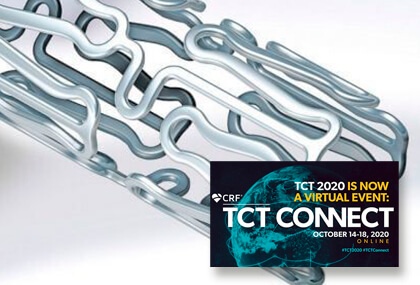This is the largest and newest study to compare drug eluting stents with durable polymers vs. biodegradable or bioresorbable polymers. As is usually the case, the theory clashes with reality.

The study has shown that the polymer does not seem to play an important role in the performance of drug eluting stents, or at least this is what happens in the acute coronary syndrome population.
The durable polymer not only resulted non-inferior to the biodegradable polymer, but it also showed some technical advantages.
Many doctors and companies believed in the theory behind biodegradable polymers, but this theoretical benefit was never confirmed by clinical studies.
For the new DES generations, strut thickness and design play a far more important role than the drug or the polymer.
Read also: TCT 2020 | New Information about Pre and Post PCI FFR Value.
The study included 3400 patients undergoing acute coronary syndrome. This population was chosen especially, since they are known for being at higher risk of thrombosis and healing slower. This is where biodegradable polymer DES should have proven more beneficial.
1730 patients received durable polymer DES (Promus, Resolute Onyx and Xience) and 1700 received biodegradable polymer DES (Ultimaster, Orsiro and Biomatrix Flex).
The combined end point of death, MI, stent thrombosis and revascularization at one year resulted similar between both technologies.
Original Title: Durable polymer versus biodegradable polymer drug-eluting stents after percutaneous coronary intervention in patients with acute coronary syndrome. The HOST-Reduce-Polytech-ACS trial.
Reference: presentado por Kim HS en el congreso TCT 2020 virtual.
Subscribe to our weekly newsletter
Get the latest scientific articles on interventional cardiology





